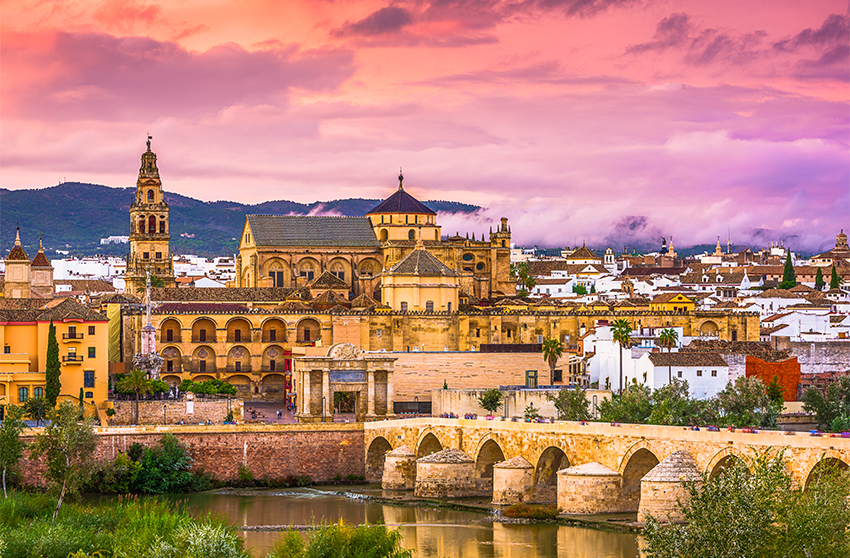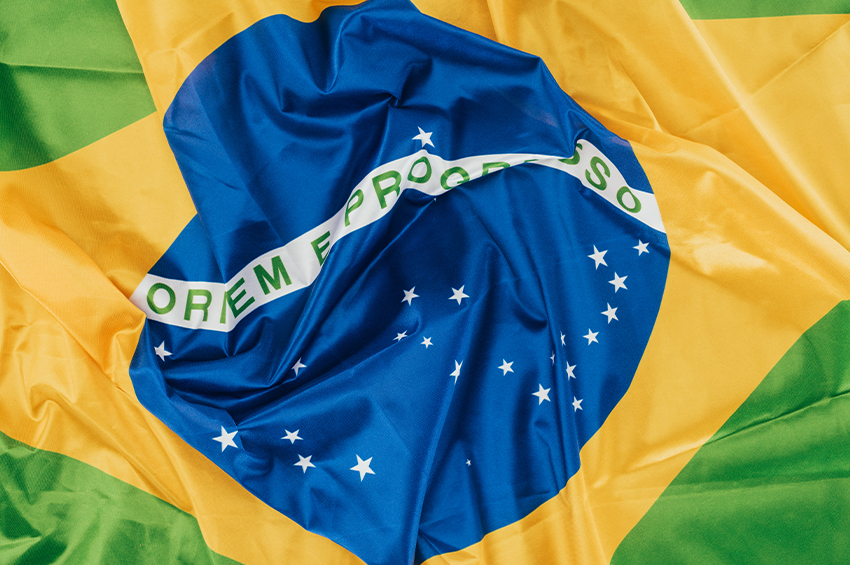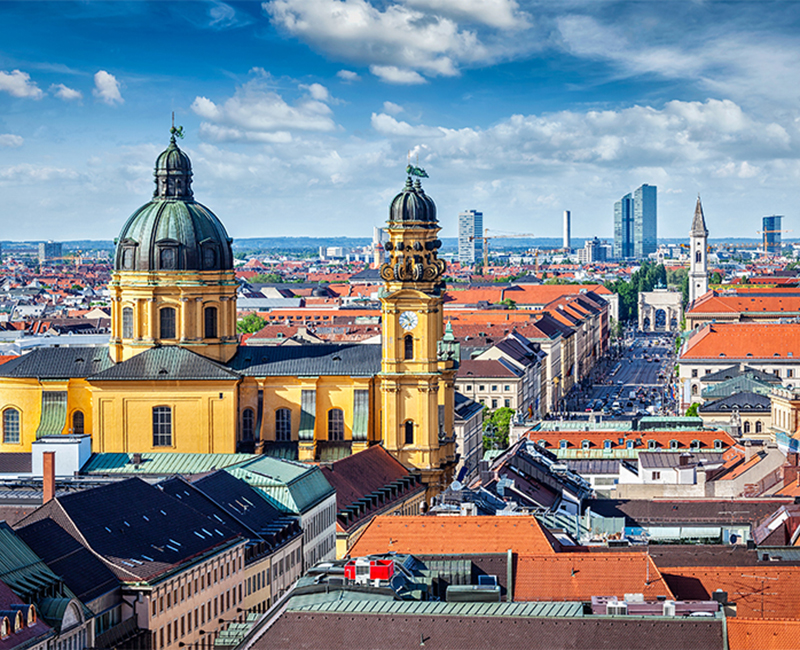
Enjoy Spanish cuisine when you travel to the Mediterranean
Spanish cuisine has a unique flavor that incorporates the essence of Mediterranean and Eastern cuisine. Spanish cooking loves to use olive oil and garlic, and you can completely identify Spanish dishes through the rich olive oil flavor and fragrant hairy garlic flavor of these dishes. Spain is a paradise for foodies.
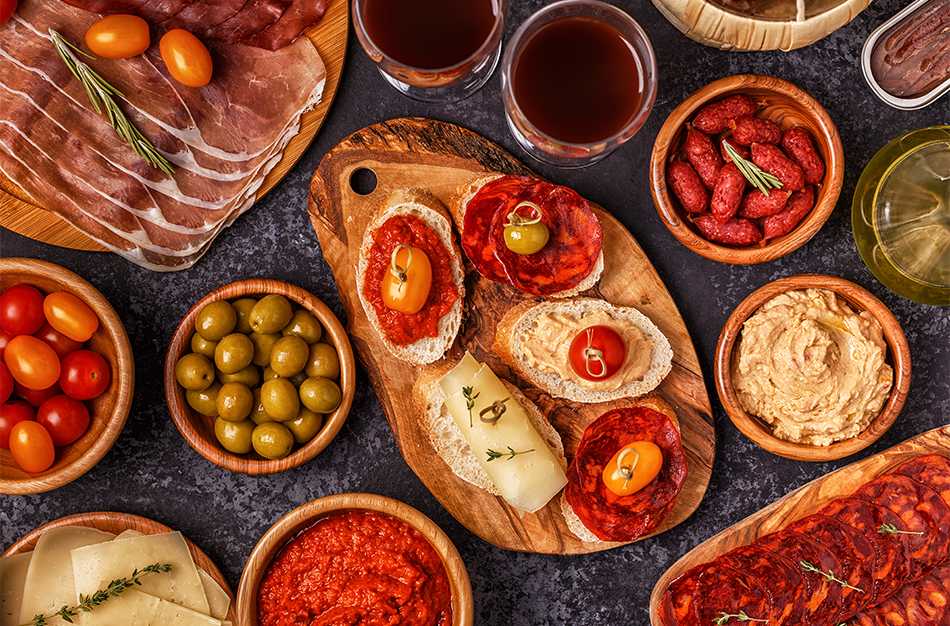
In addition to the national snack Tapas, the famous ham (Jamón), the local favorite breakfast —— Spanish fried dough sticks (Churro), and Paella, one of the three famous dishes in western food.
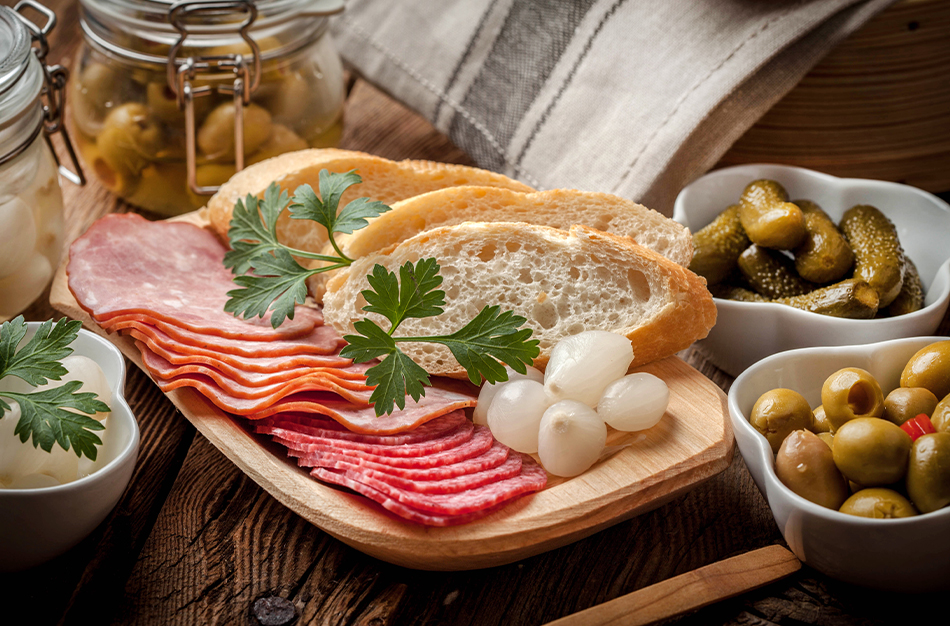 Each region of Spain has its own unique food culture and representative dishes: Madrid Chowder (Cocido Madrileno), Barcelona seafood noodles (Fideua), Andalusian cold soup (Gazpachos), and Valencia's most authentic seafood (Marinera). Each city orders a famous local specialty, with a variety of Sangria, which is the standard meal on the travel road.
Each region of Spain has its own unique food culture and representative dishes: Madrid Chowder (Cocido Madrileno), Barcelona seafood noodles (Fideua), Andalusian cold soup (Gazpachos), and Valencia's most authentic seafood (Marinera). Each city orders a famous local specialty, with a variety of Sangria, which is the standard meal on the travel road.
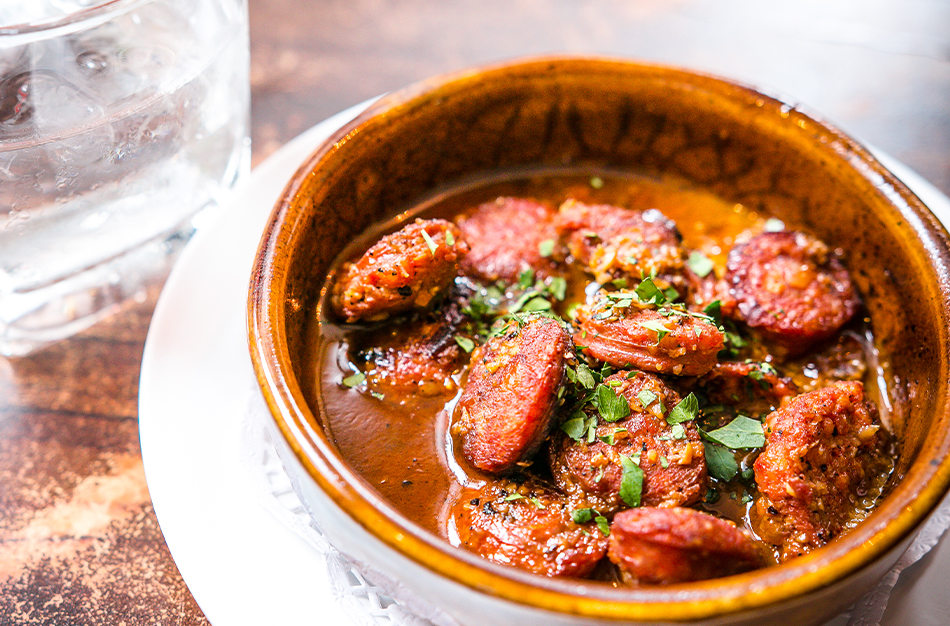 Warm tips:
Warm tips:
Every restaurant in Spain offers a same-day package —— Menu, which usually includes a head plate, main course, dessert, and a drink or wine at a much better price than a single order, but notes that the bar, meal, and terrace are different.
Spaniards usually eat late, with lunch starting at 2 pm and dinner until after 8 pm.
The most famous Spanish cuisines
Tapas
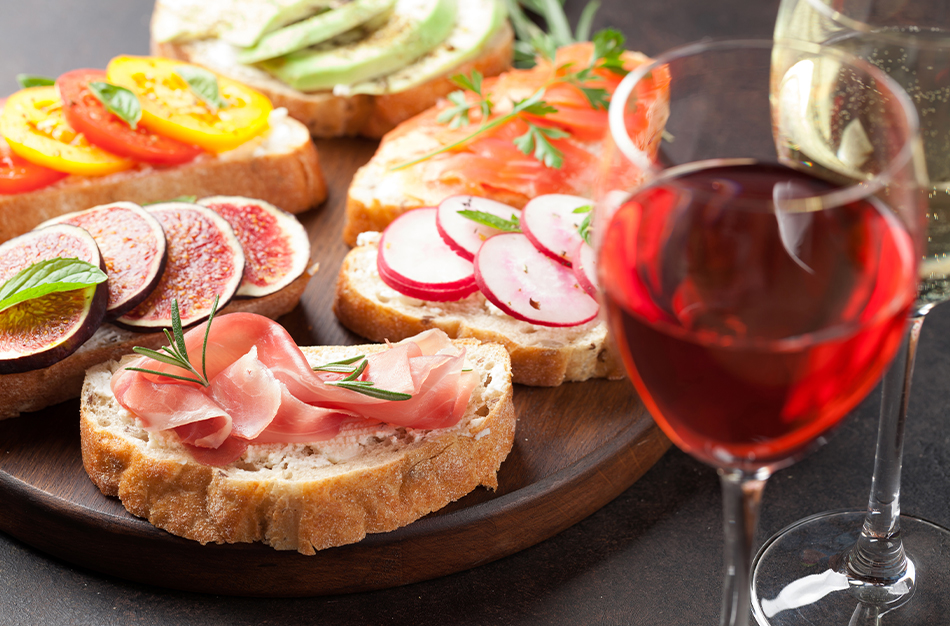 As a representative food in Spain, almost every restaurant or bar provides this snack." Tapa" means "lid" in Spanish. Each Tapa is as big as a lid, with sliced bread with various ingredients for a different taste. It's usually accompanied by a glass of Sangria. The longest match on Tapa is Jamón ibérico, octopus, Madrid Spanish fried eggs, stewed tripe, and Barcelona shredded tomato bread, fried cuttlefish, and more.
As a representative food in Spain, almost every restaurant or bar provides this snack." Tapa" means "lid" in Spanish. Each Tapa is as big as a lid, with sliced bread with various ingredients for a different taste. It's usually accompanied by a glass of Sangria. The longest match on Tapa is Jamón ibérico, octopus, Madrid Spanish fried eggs, stewed tripe, and Barcelona shredded tomato bread, fried cuttlefish, and more.
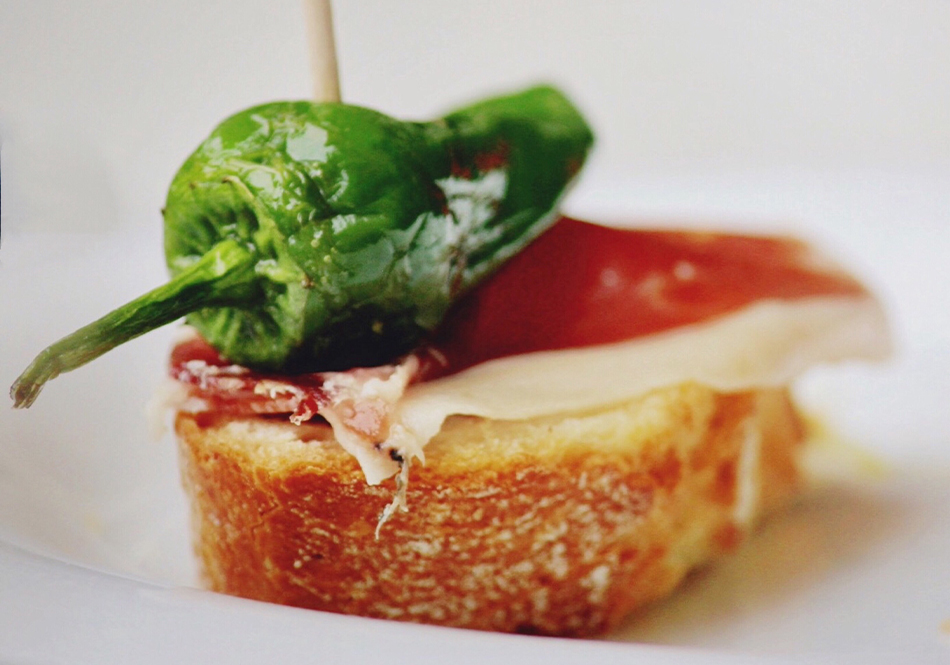
Tips:
In Spain, there is "Tapa time" daily, with lunch consumed after 2 p. m. and 8 p.m. dinner belonging to Tapas.
Jamón
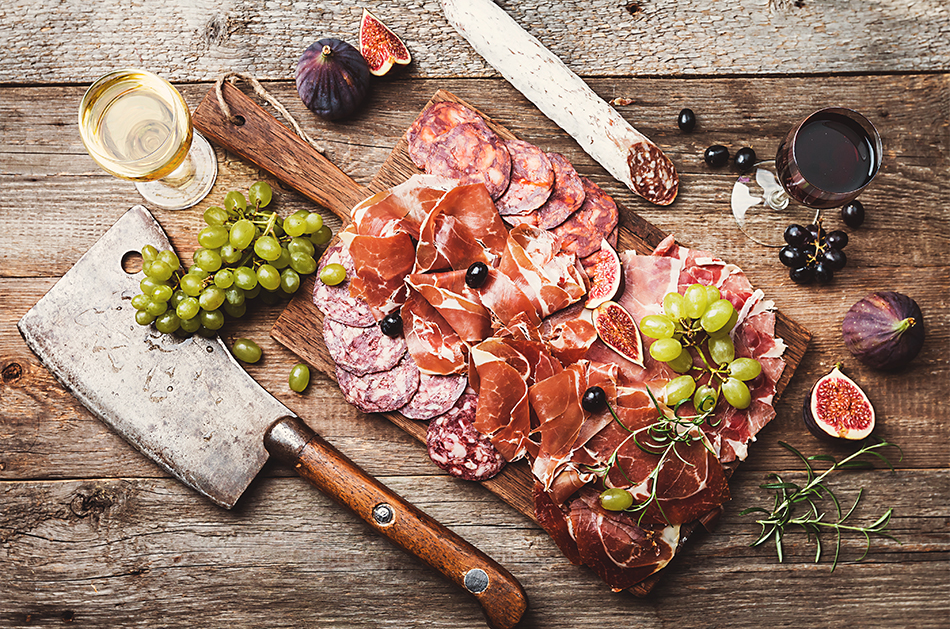
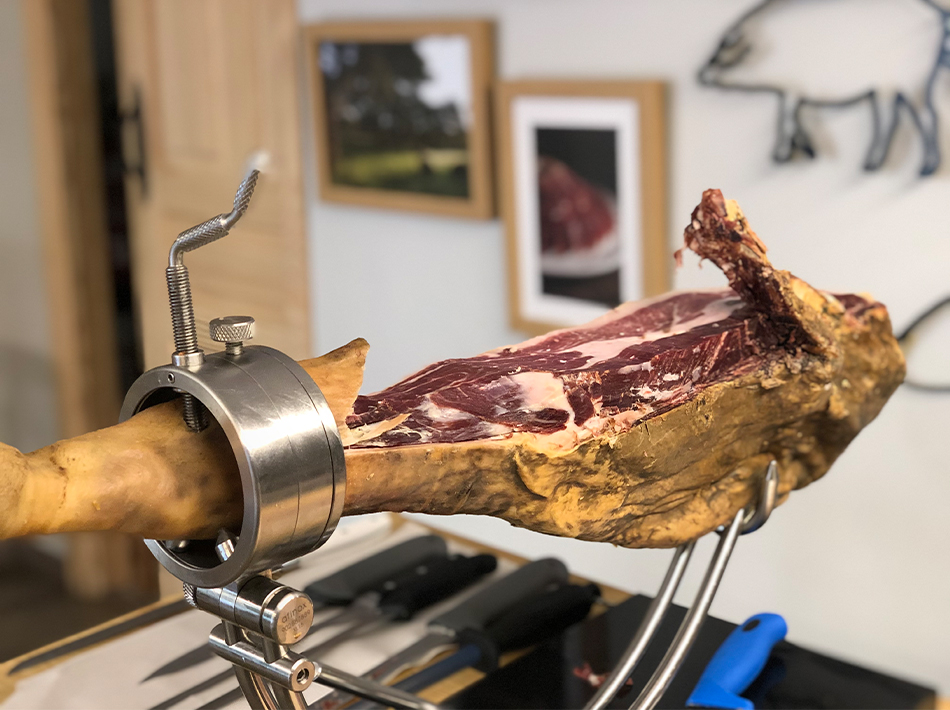 Spanish ham is world-famous, among which Iberian ham (Jamón Iberico) is unique, occupying a decisive position in Spanish cuisine. Spanish ham is the most common way to eat sliced raw food or make sandwiches with bread, and ham with honey cantaloupe is also a special dish in the Mediterranean region.
Spanish ham is world-famous, among which Iberian ham (Jamón Iberico) is unique, occupying a decisive position in Spanish cuisine. Spanish ham is the most common way to eat sliced raw food or make sandwiches with bread, and ham with honey cantaloupe is also a special dish in the Mediterranean region.
Churro
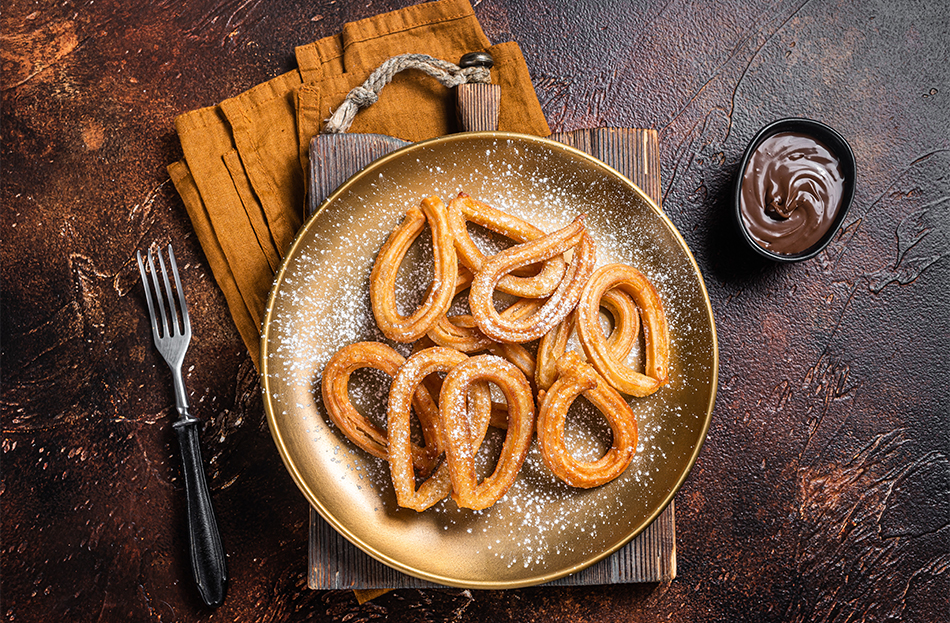
Spanish fried dough sticks are also translated as auspicious fruit, are fried pasta. Spanish sticks are the most common breakfast in Spain, and hot chocolate and coffee are the best matches.
Paella
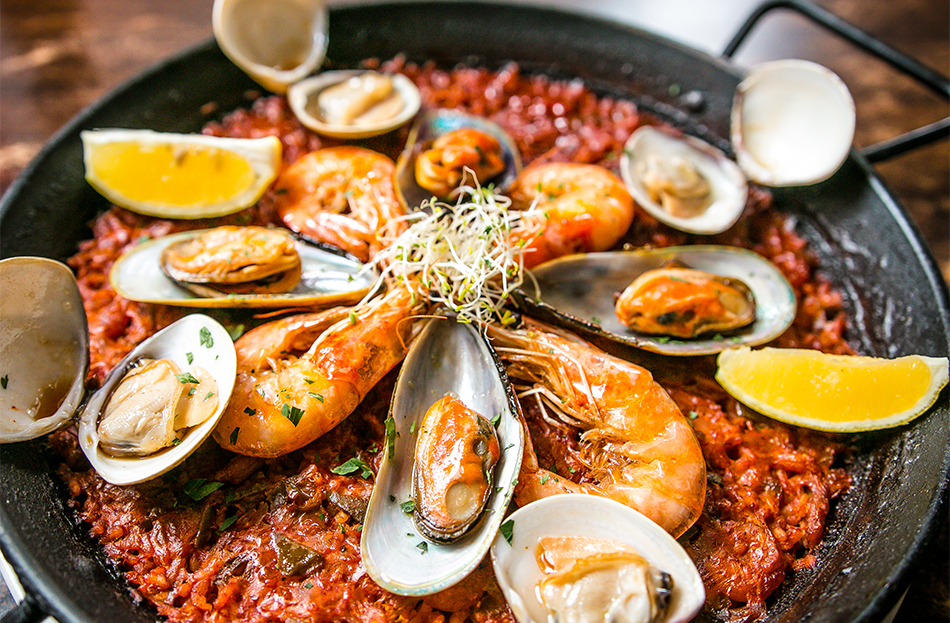 Spanish fried dough sticks are also translated as auspicious fruit, similar to Chinese fried dough sticks, which are fried pasta. Spanish sticks are the most common breakfast in Spain, and hot chocolate and coffee are the best matches.
Spanish fried dough sticks are also translated as auspicious fruit, similar to Chinese fried dough sticks, which are fried pasta. Spanish sticks are the most common breakfast in Spain, and hot chocolate and coffee are the best matches.
Sangria
 Sanguses wine, soaked in seasonal fruit in the season, with some lemonade or rum or brandy. Because of its color, like blood, it gets the name "Sangria" (from the Spanish "sangre" —— blood). Sangria is a Spanish national wine and is available in almost every restaurant.
Sanguses wine, soaked in seasonal fruit in the season, with some lemonade or rum or brandy. Because of its color, like blood, it gets the name "Sangria" (from the Spanish "sangre" —— blood). Sangria is a Spanish national wine and is available in almost every restaurant.
Each city's specialties are also very rich and diverse.
Madrid
Madrid has immigrants from Andalusia, Galicia, Asturias, and many other regions, so the diet combines all the cooking styles of the Iberian Peninsula, and is integrated and richer. In general, Madrid is a worldwide international food metropolis.
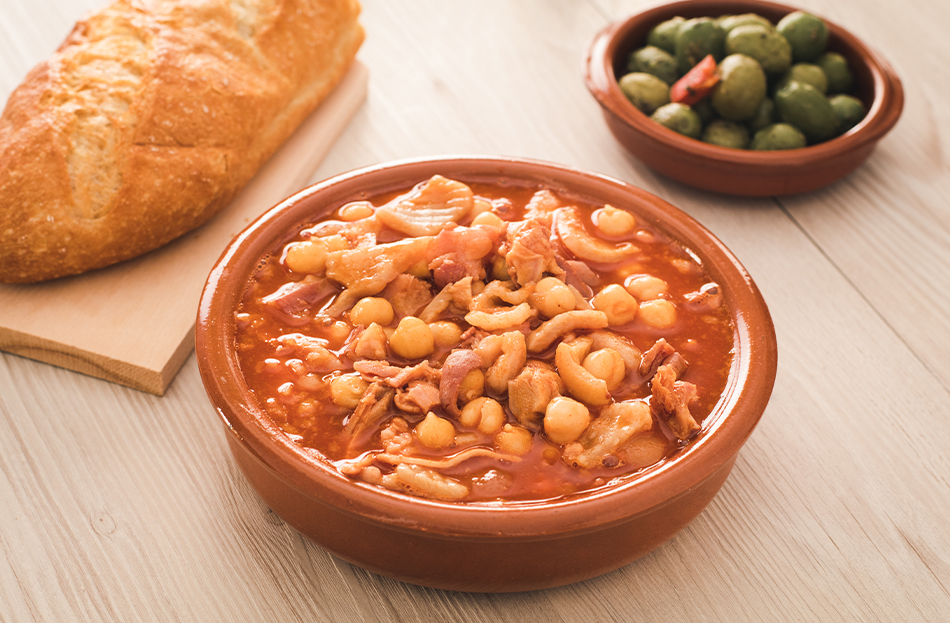 The most noteworthy specialties in Madrid are Madrid stew (Cocido Madrileno) and beef tripe (Callos), which are available in most restaurants in Madrid. Other famous dishes include garlic soup (Sopa de ajo), snail meal (Caracoles), potato fried omelet (Tortilla de patatas), and so on.
The most noteworthy specialties in Madrid are Madrid stew (Cocido Madrileno) and beef tripe (Callos), which are available in most restaurants in Madrid. Other famous dishes include garlic soup (Sopa de ajo), snail meal (Caracoles), potato fried omelet (Tortilla de patatas), and so on.
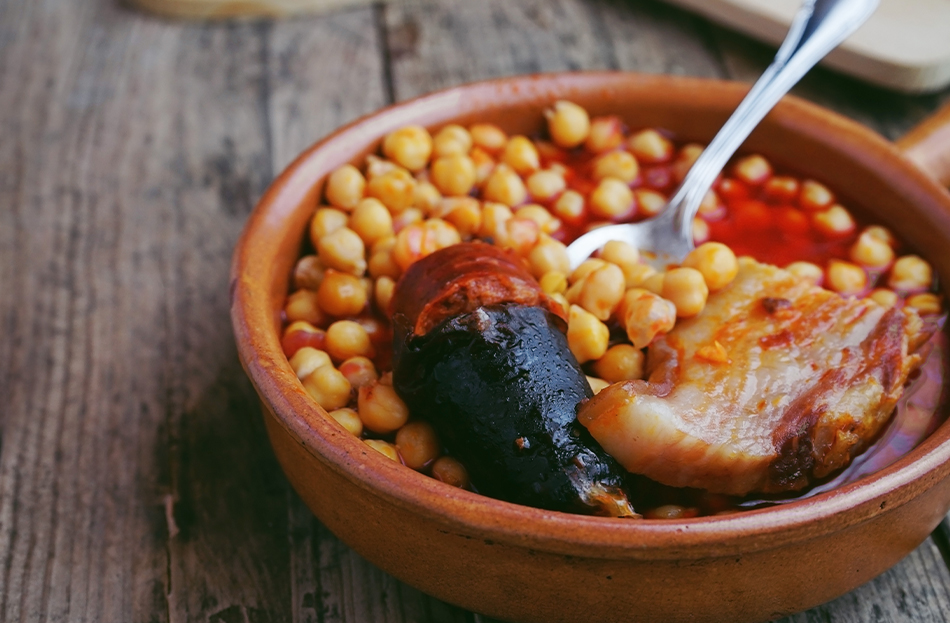 Madrid's restaurants are mainly in the city center, with restaurants near the Sun Gate Square and a variety of food. For a big meal, choose a premium restaurant in northern Madrid and try the authentic snacks Tapas in La Latina!
Madrid's restaurants are mainly in the city center, with restaurants near the Sun Gate Square and a variety of food. For a big meal, choose a premium restaurant in northern Madrid and try the authentic snacks Tapas in La Latina!
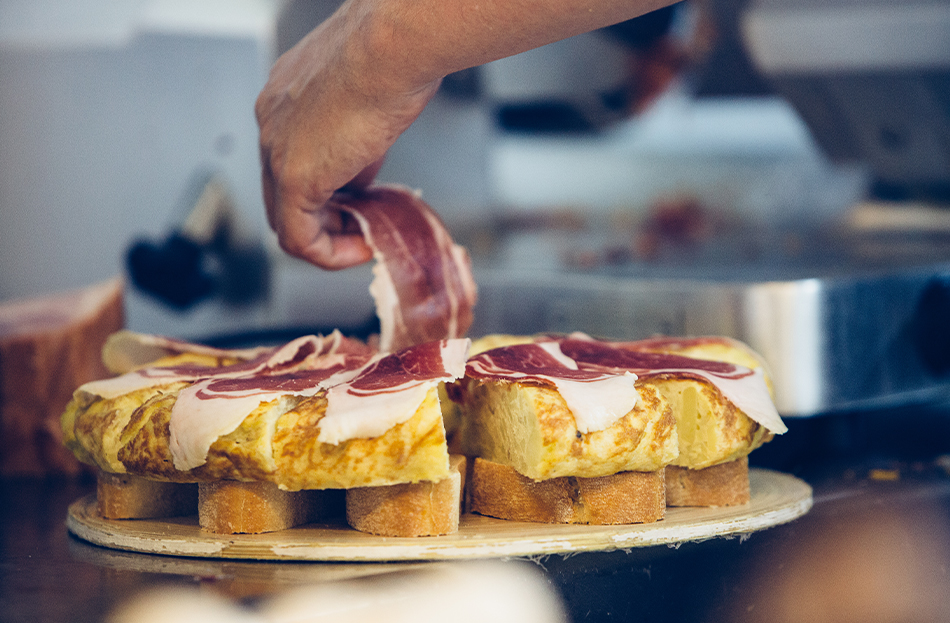 Segovia
Segovia
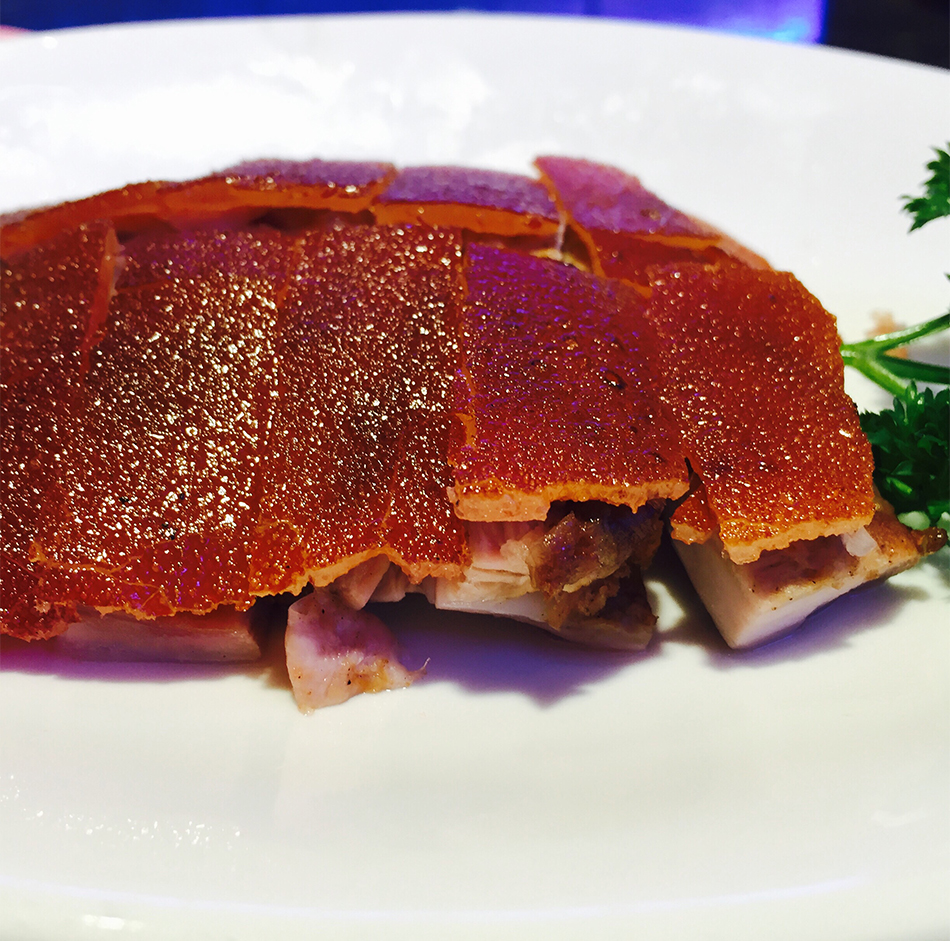 The most famous and distinctive food in Segovia is Roasted Suckling Pig (Cochinillo Asado). According to the report, there are more than 40 flavors, each of which is the best. Almost every restaurant in the small town offers it. Each restaurant has cute models of piglets on the window and the head of the door.
The most famous and distinctive food in Segovia is Roasted Suckling Pig (Cochinillo Asado). According to the report, there are more than 40 flavors, each of which is the best. Almost every restaurant in the small town offers it. Each restaurant has cute models of piglets on the window and the head of the door.
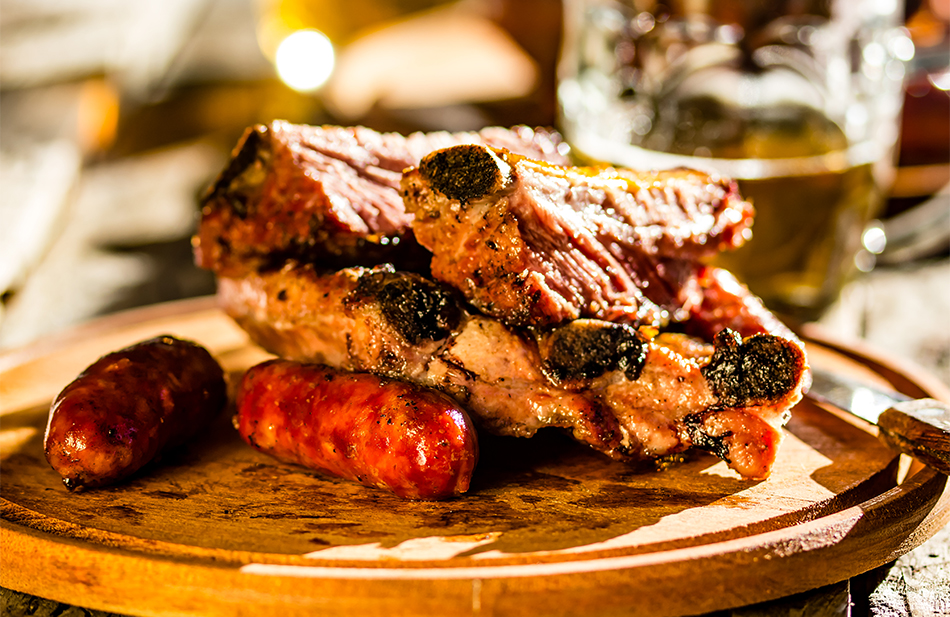
In addition to the delicious food, the ancient and grand pig-cutting ceremony is also very well worth watching. Traditionally, freshly-baked cuts are pushed to the guests with a delicate car, and then the owner holding a porcelain plate cuts three "knives", one
horizontal and two vertical, cutting the cuts into six pieces. After cutting, the meat was divided into the guest's plate, then raised the porcelain plate high, and then slammed hit the ground, "bang", the plate was smashed to represent the welcome to the guests.
Barcelona
Barcelona cuisine runs across the streets, with typical traditional Catalan restaurants and many emerging and innovative Spanish restaurants. This city is a gathering place for food around the world, and a wide variety of restaurants satisfy the discerning tastes of visitors from all over the world.
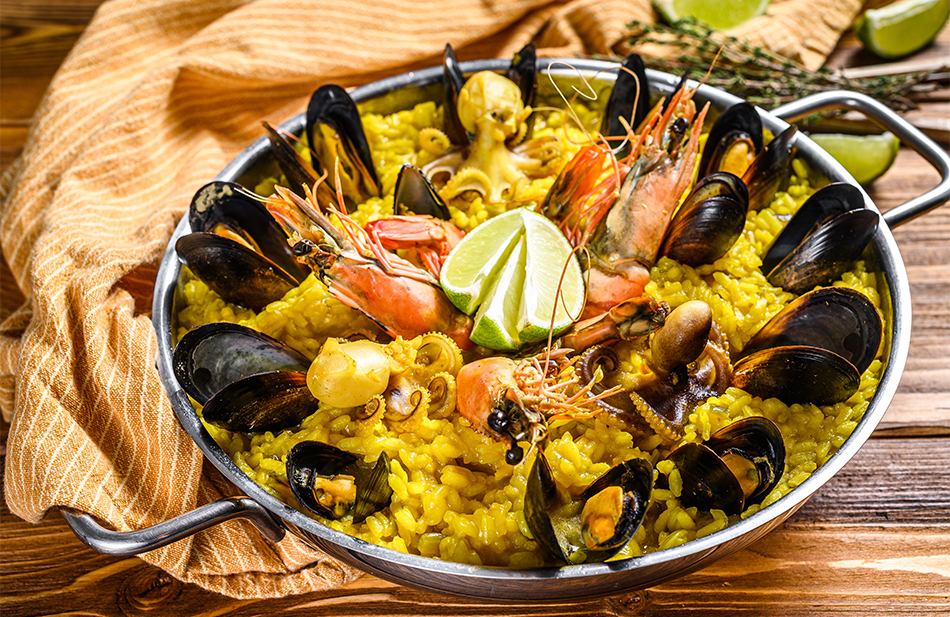 Traditional Catalan cuisine includes Zarzuela, Escalivada, sausage (Butifarra), seafood noodles (Fideua), and a Catalan specialty cuttlefish paella. Because Barcelona is close to France, Barcelona cuisine is similar to French cuisine.
Traditional Catalan cuisine includes Zarzuela, Escalivada, sausage (Butifarra), seafood noodles (Fideua), and a Catalan specialty cuttlefish paella. Because Barcelona is close to France, Barcelona cuisine is similar to French cuisine.
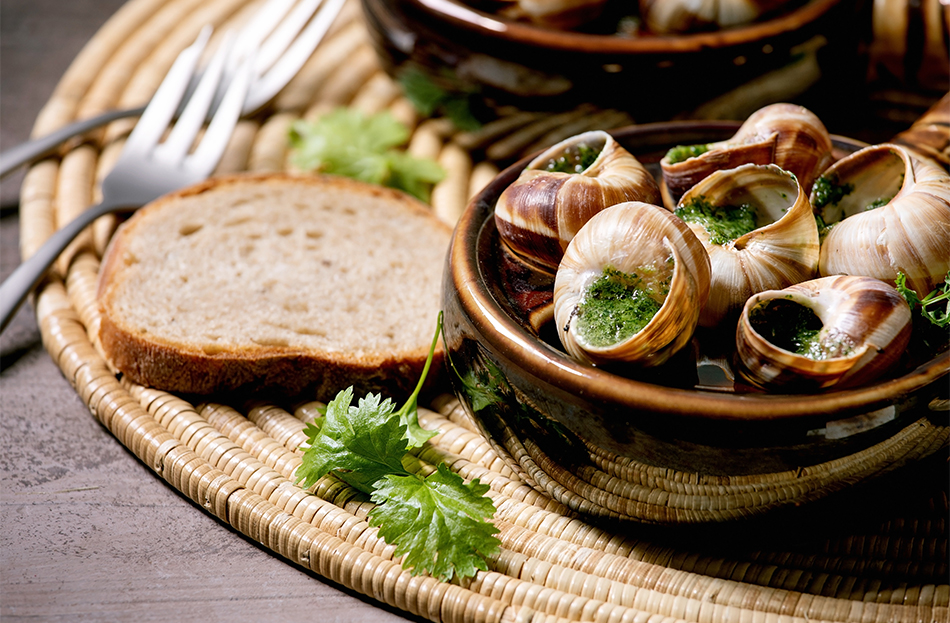 The Gracia region has many small restaurants, while real premium restaurants hide in remote expansions (L'Eixample) and Montjuic; new cuisine in Bourne (El Born) and traditional cuisine in the Barrio Gotic.
The Gracia region has many small restaurants, while real premium restaurants hide in remote expansions (L'Eixample) and Montjuic; new cuisine in Bourne (El Born) and traditional cuisine in the Barrio Gotic.
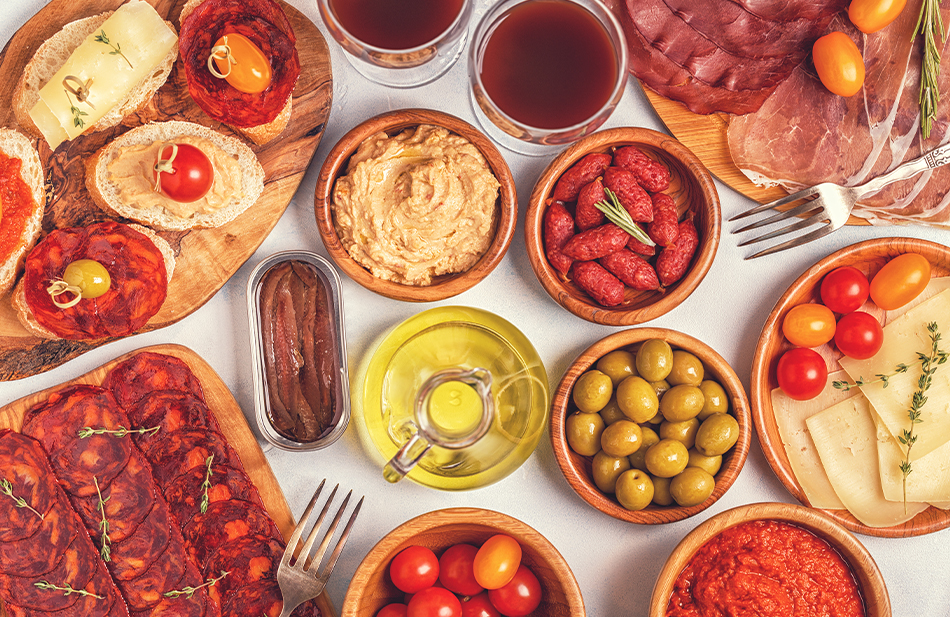 Spanish cuisine is not only delicious, but it is also a vegetable, fruit, fish, grain, bean, and olive oil-based diet style due to Spain's location on the Mediterranean coast. Many years ago, UNESCO inscribed Spain's Mediterranean diet as an intangible cultural heritage, recognizing its significant contribution to world civilization.
Spanish cuisine is not only delicious, but it is also a vegetable, fruit, fish, grain, bean, and olive oil-based diet style due to Spain's location on the Mediterranean coast. Many years ago, UNESCO inscribed Spain's Mediterranean diet as an intangible cultural heritage, recognizing its significant contribution to world civilization.
I can't wait to fly to Spain and taste all of these!



